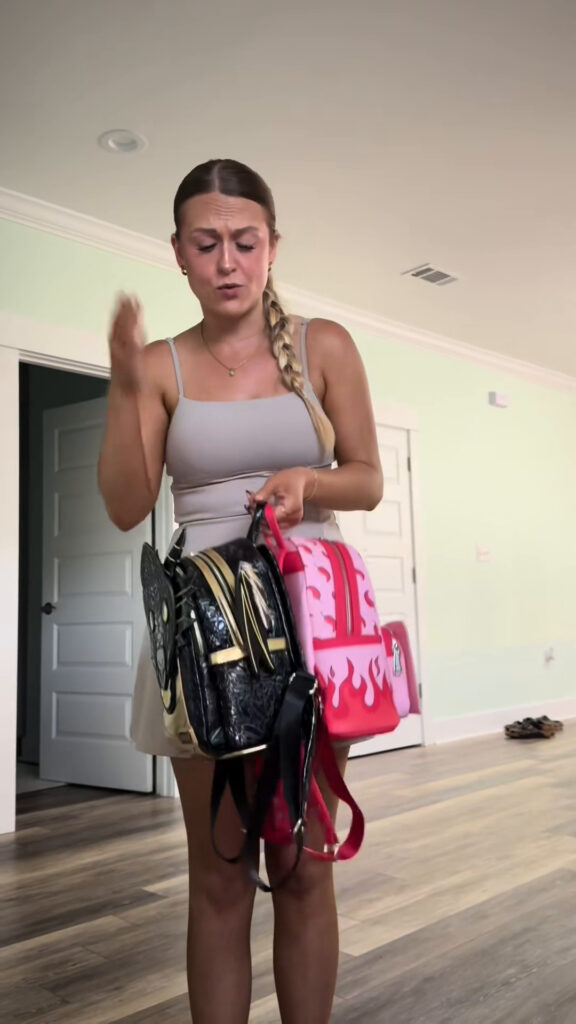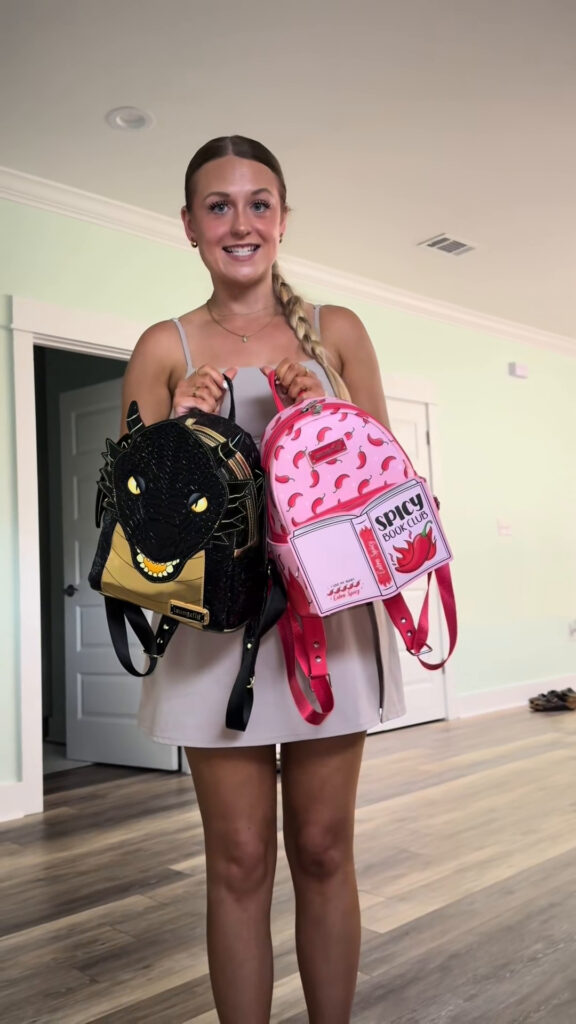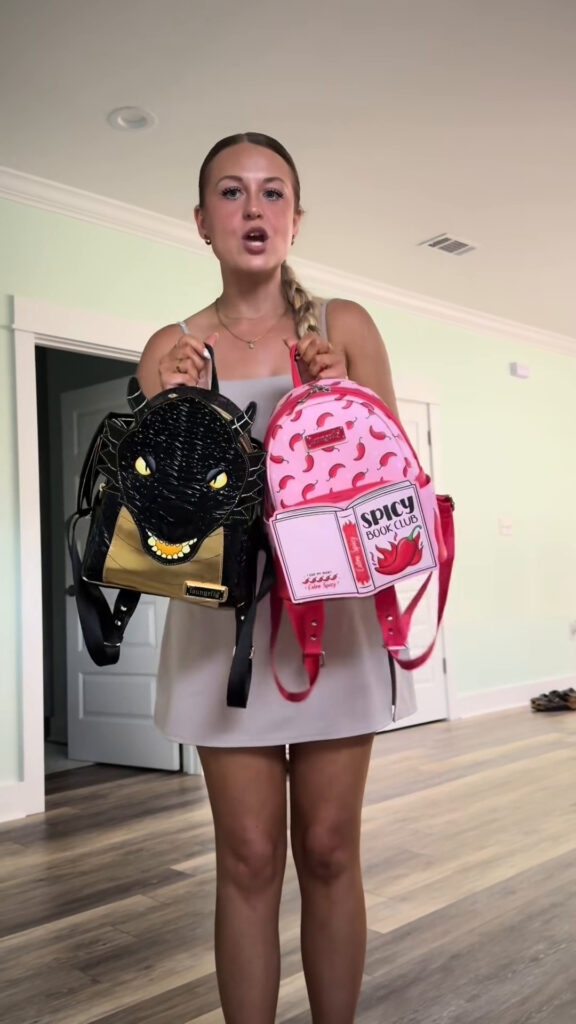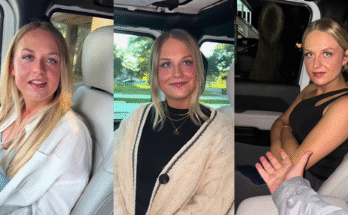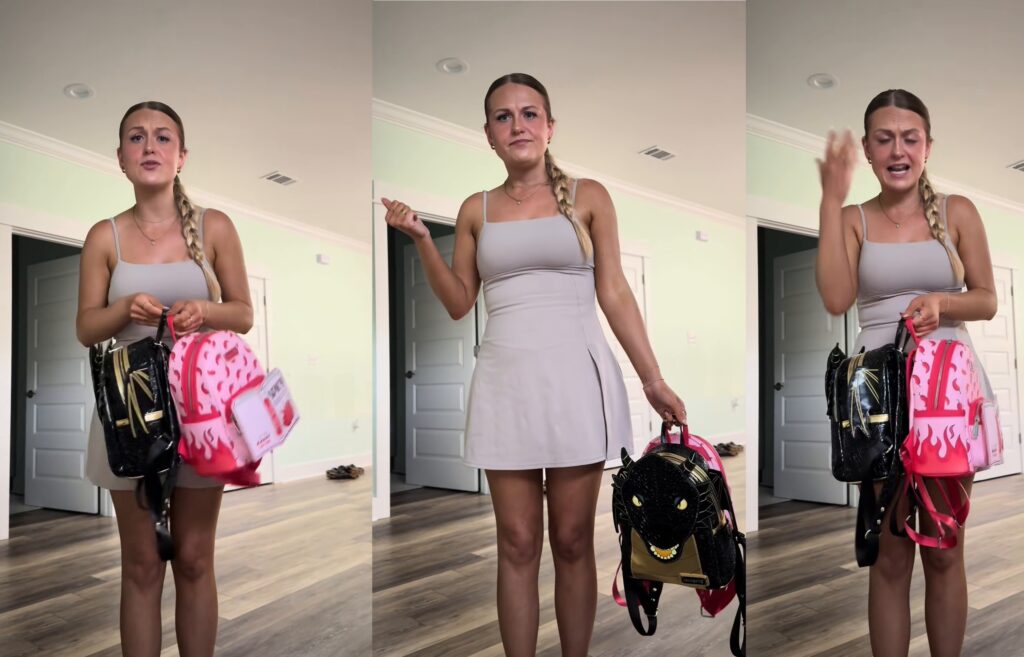
In a world overflowing with fast fashion hauls and loud aesthetics battling for attention, Mary—known to her community as Miss Snowwolf—cuts through the noise like a whisper that somehow silences the room. Her style isn’t about excess or trend-chasing. It’s about intention. Precision. Energy. Mood. With a wardrobe built around clean lines, muted tones, and curated details, Mary embodies a modern-day paradox: minimalist, yet unforgettable.
Snowwolf Style, as her followers affectionately call it, isn’t just a fashion choice—it’s a state of being. It’s the art of wearing less and saying more. It’s quiet power, made wearable. This is how Mary turns minimalist fashion into a living moodboard—equal parts armor, poetry, and presence.
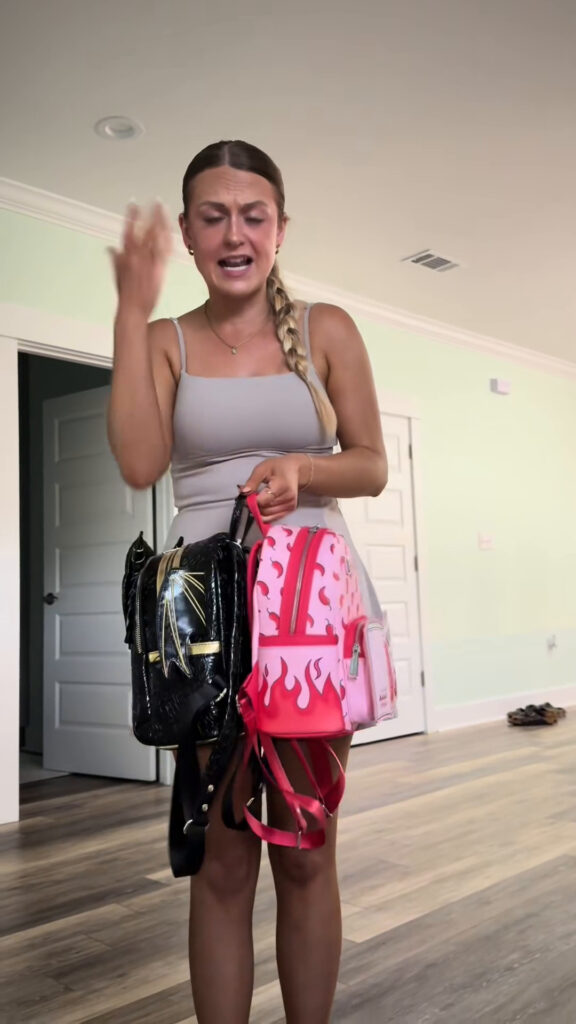
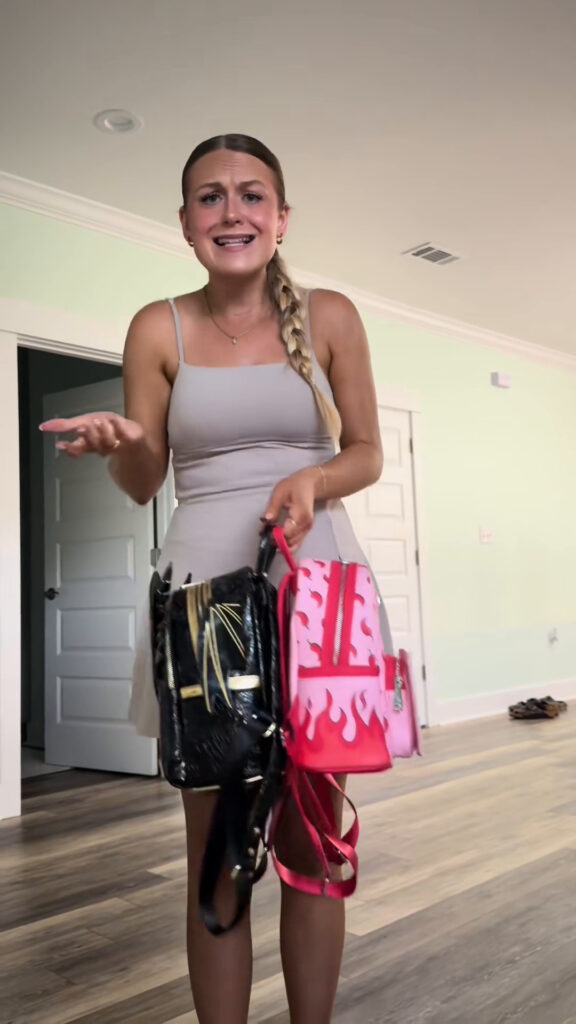
The Philosophy Behind the Fabric
Mary doesn’t just wear clothes. She channels them.
“Minimalism, to me, isn’t about owning less. It’s about removing the distractions between who I am and how I move through the world,” she says. “Every piece I wear is chosen with intention. Not to impress—but to align.”
Her wardrobe is a lesson in restraint. But it’s not boring—far from it. The Snowwolf aesthetic is best described as soft monochrome meets quiet rebellion. Think matte black turtlenecks with sharp tailoring, dove-gray linen dresses with raw hems, and structured coats that speak before she does.
Her go-to palette is a spectrum of neutrals—bone white, charcoal, deep olive, storm blue. Each color is chosen to echo mood over season. “If I’m feeling internal, I’ll wear storm tones. If I’m feeling grounded, I go for earthy greys or soft browns,” she explains.
Mary’s wardrobe isn’t seasonal—it’s emotional.


Signature Pieces, Infinite Mood
Despite her minimalist leanings, Mary doesn’t shy away from statement pieces. She just redefines what “statement” means.
Her signature looks include:
- Oversized blazers with sharp shoulders, often cinched at the waist with a vintage leather belt. It’s business, but also deeply personal—“a visual reminder that I can hold both power and softness,” she says.
- Tailored wide-leg trousers, usually in off-black or ecru, paired with minimalist tank tops or asymmetric blouses. The fluidity of the cut reflects her approach to life: structured, but never rigid.
- Soft leather ankle boots with a slightly worn finish. “If something looks too new, it hasn’t lived yet,” she laughs.
- Layered silver jewelry—always matte, never glossy. Her pieces are often heirlooms or small-batch artisan finds. One ring in particular—a twisted silver band with an uneven edge—has been on her hand for five years. “It reminds me that imperfection can still be powerful.”
While most fashion influencers revolve their content around constant change, Mary proves that repetition is its own kind of luxury. “If something works, I wear it again. And again. And again. Style isn’t in the novelty. It’s in the energy.”


The Silhouette of Presence
Mary’s style doesn’t scream. It lingers.
Walk into a room she’s just exited and you’ll still feel her presence. It’s not just the outfit—it’s how she carries it. Shoulders back, eyes steady, lips soft but unreadable. She doesn’t dress to be seen; she dresses to be felt.
“The right silhouette changes how I breathe,” she tells us. “I choose clothes that hold space around me, so I can fill them with energy, not tension.”
One of her style secrets? Movement. “Every outfit I wear has to move with me. If it stiffens me or makes me self-conscious, I don’t wear it. Period.”
Her clothing is often loose, but never sloppy. Fitted, but never tight. It’s a dance between form and function, curated through years of trial and refinement.
Mary speaks about silhouette the way some people speak about music. It’s not the notes—it’s the silence between them.

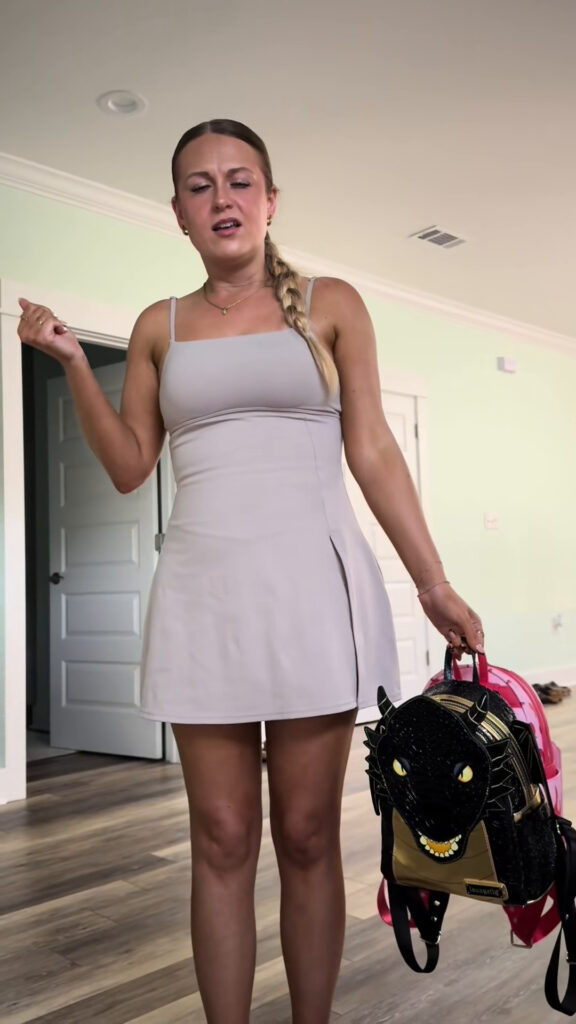
Minimalism Isn’t Boring—It’s Bold
If you think minimalism is safe or predictable, you haven’t seen it through Mary’s lens.
She calls it “weaponized elegance.” A concept where simplicity becomes so deliberate, it disarms you.
“The loudest person in the room isn’t always the most powerful,” she says. “I want my presence to say, ‘I thought about this.’ Even if you can’t tell what this is.”
Take her signature look: black mock neck, tailored trousers, slicked-back bun, one silver earring. Simple, yes. But the impact? Instant.
The power of her style lies in its emotional depth. Every outfit reads like a poem—short, sharp, open to interpretation. She dresses not for the camera, but for the mirror. Not for applause, but for alignment.
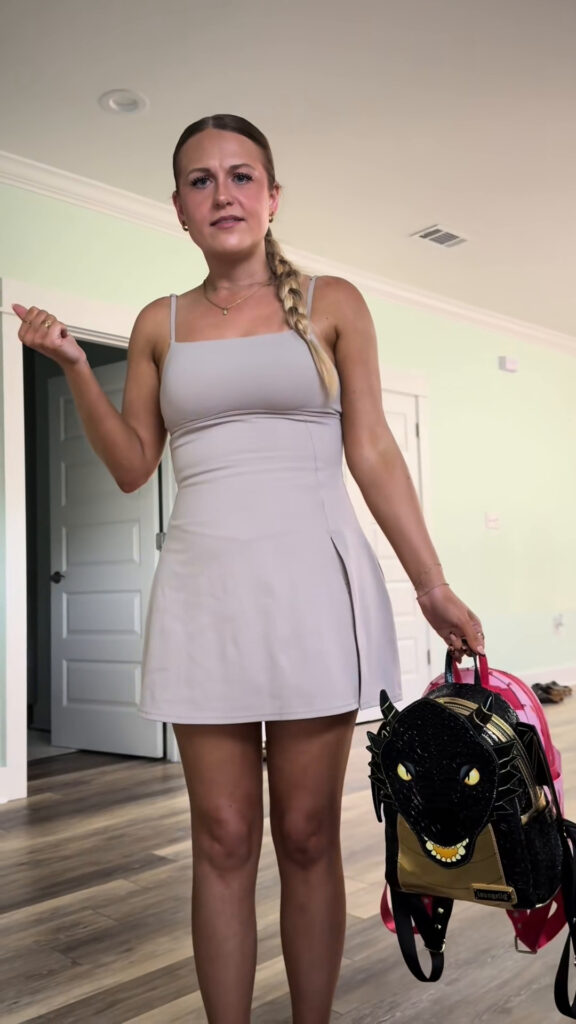

Capsule Wardrobe, Infinite Expression
Mary’s wardrobe fits into a single industrial wardrobe rack. No walk-in closet. No overflowing shelves.
“My entire wardrobe could fit into one suitcase,” she says. “And that’s by design.”
She subscribes to the capsule wardrobe philosophy—but in her own fluid way. She doesn’t limit herself to a strict number of pieces, but she’s ruthless about intention. If a piece doesn’t serve multiple moods or moments, it doesn’t stay.
“I need to be able to wear it three ways: with confidence, with curiosity, and with comfort.”
Her capsule is built around 20–25 core items: several tops in bamboo cotton and silk, two structured coats, three trousers, a pair of well-worn jeans, and a rotation of flat boots and loafers. Accessories are few, but meaningful.
“Minimalism gives me mental clarity. I don’t spend an hour staring into the void trying to figure out what to wear. I know myself. And when you know yourself, the uniform becomes obvious.”


From Fabric to Feeling
Mary doesn’t follow fashion calendars. Her style is governed by internal weather.
“If I’m grieving, I wear layers—almost like emotional armor. If I’m soft and open, I wear silk or linen that lets the wind in.”
To her, fashion is emotional architecture. She builds her day around how she feels, not how she looks. That’s the Snowwolf difference.
There’s also a deep connection between her fashion and her healing journey. After years of people-pleasing, over-performing, and perfectionism, her style became a reclamation.
“I used to dress for approval. Now I dress for resonance. If I look in the mirror and feel like myself, I know I’ve done it right.”


Mood Dressing and Personal Mythology
What sets Mary apart isn’t just her eye for fashion—it’s the mythology she builds around it.
Her style tells a story. Some days she’s the architect of solitude in a crisp white coat and sculptural earrings. Other days she’s the forest witch in moss-green linen with hair undone and rings stacked like talismans. And sometimes, she’s just a woman in a black sweater who’s quietly mourning the world while sipping black tea.
She doesn’t dress to inspire envy—she dresses to mirror a mood.
“I believe we all carry archetypes inside us,” she explains. “My wardrobe is how I commune with mine. Warrior. Poet. Shadow. Sovereign. I dress for all of them.”
This mythic layering gives her minimalist aesthetic an unusual depth. It’s not about ‘less’ for the sake of less. It’s about meaning—and making that meaning visible.

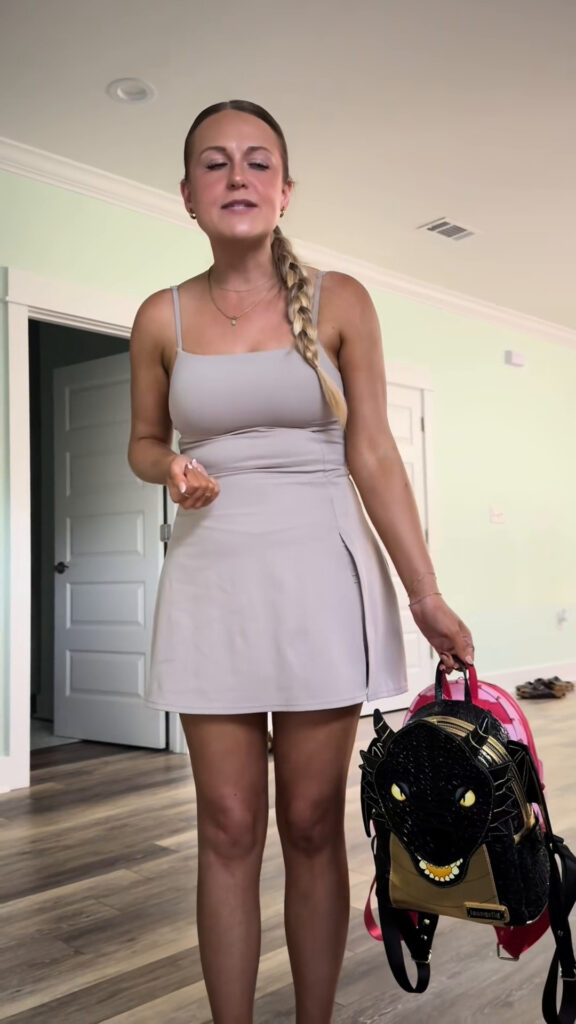
The Ritual of Getting Dressed
For Mary, dressing is a ritual—almost sacred.
She often dresses in silence, or to ambient music. She pays attention to how fabrics feel on her skin, how certain silhouettes alter her breathing, how color affects her state of mind.
“I don’t get dressed in a rush. That’s the one thing I control before the world gets a say.”
It’s meditative. Embodied. And always honest.
She doesn’t believe in ‘outfit of the day’ as performance. Instead, she treats dressing as a daily spell. “I don’t dress for the job I want—I dress for the energy I need.”
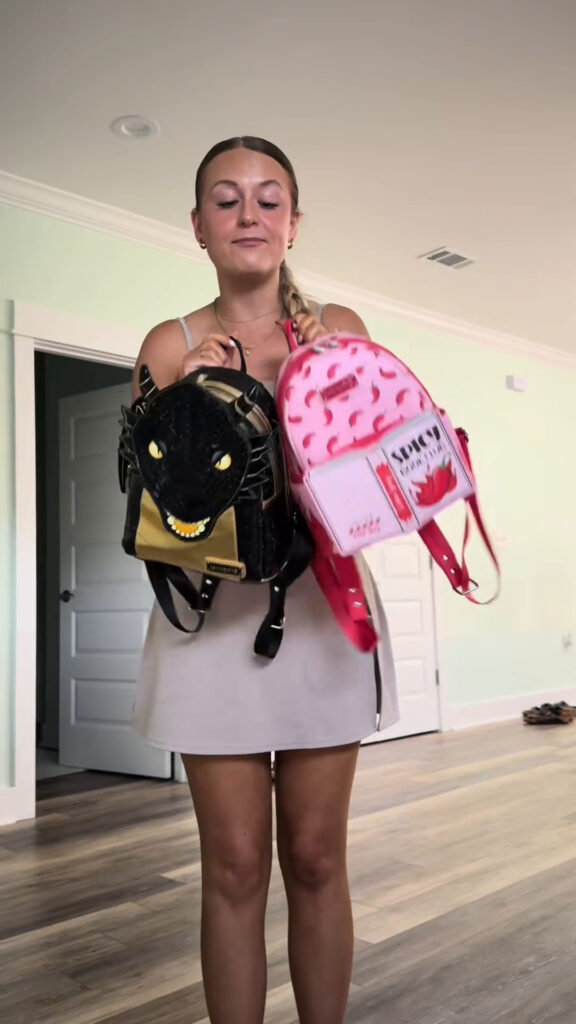

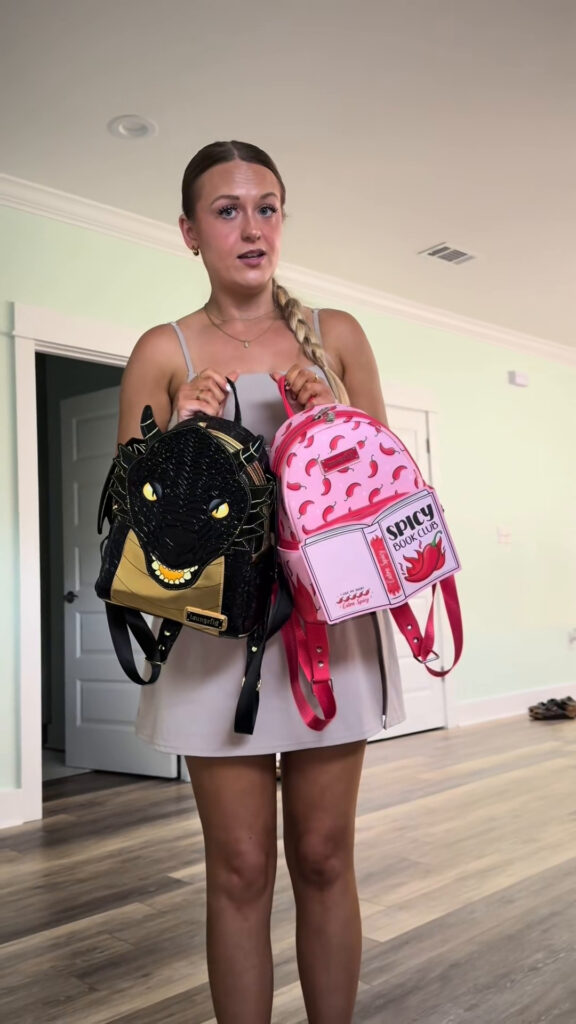
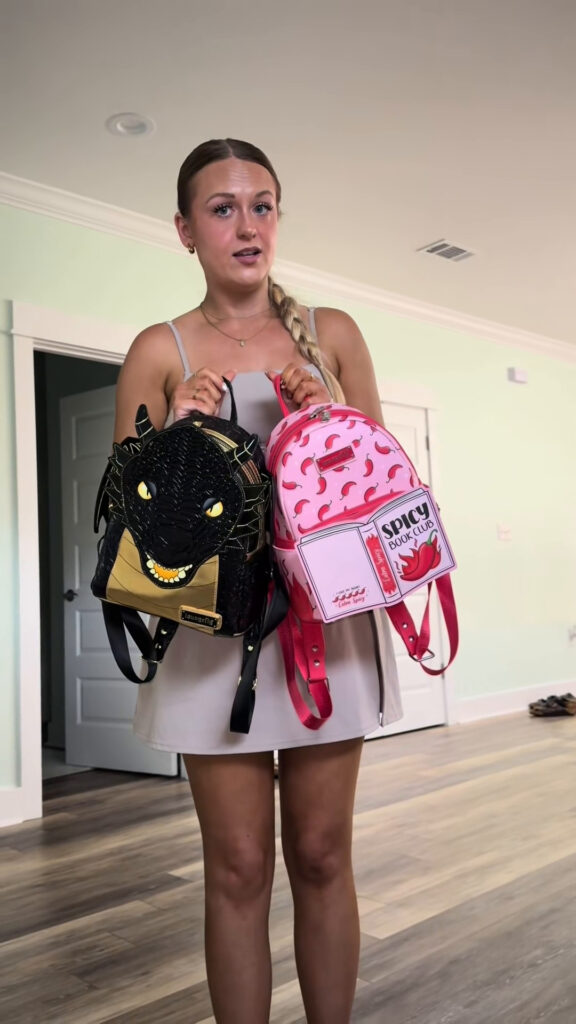
The Mood, The Myth, The Minimalist
There’s a reason Mary’s presence lingers. It’s not just the clean lines or the monochrome. It’s the energy behind them.
She doesn’t wear fashion. She inhabits it.
Her minimalist style isn’t about being less—it’s about being more of herself. And in doing so, she gives others quiet permission to do the same. To stop chasing trends. To simplify. To deepen. To dress for who you are, not who you think the world wants you to be.
That’s Snowwolf Style.
A whisper with weight.
A mood you never forget.
A wardrobe made of presence.

